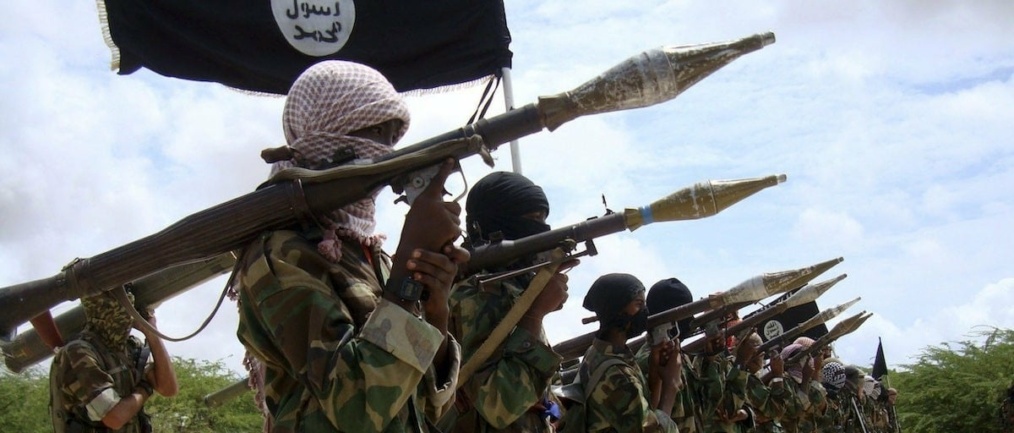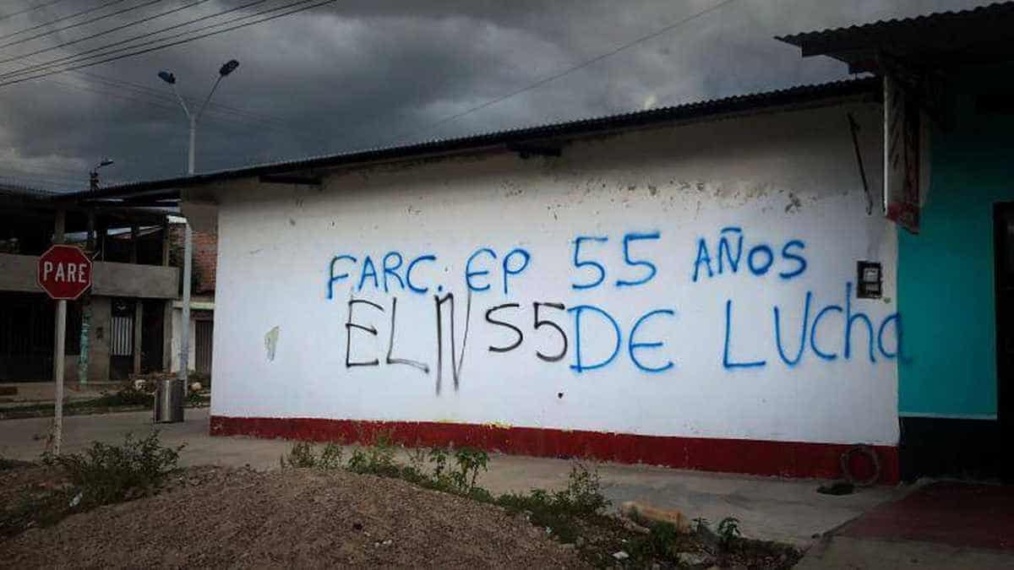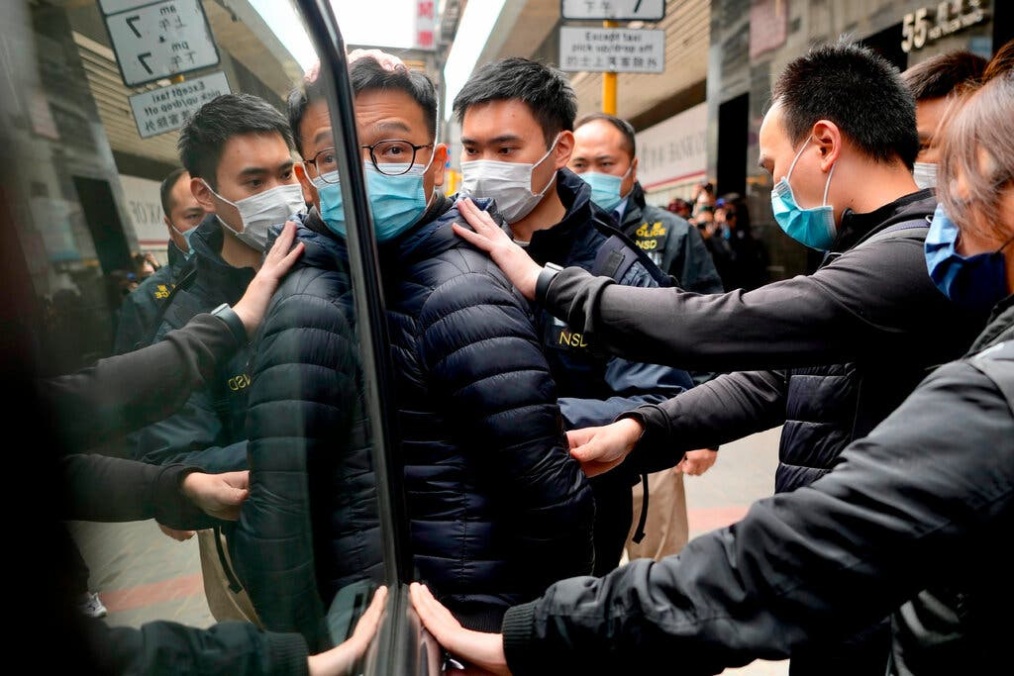The Mapuche conflict in Chile and Argentina has generated diverse reactions by the authorities of both countries. Some of the measures have been harshly criticized for employing counter-terrorism methods to resolve disputes with the Mapuche.
Some of the controversies include the use of the Anti-Terrorist Law by the Chilean government and the militarization of certain regions. The disputes with the indigenous Mapuche communities sparks a debate about what exactly terrorism is and how to combat it in South America.
The Mapuche Conflict
Some analysts point out that the current conflict between the Mapuche and the Chilean State originated in 1866 when the government determined that all territories south of the Biobío region became fiscal property. Eventually, the Chilean army entered the Mapuche territories and began the resettlement process from 1883 to 1930. This led to the reduction of the Mapuche’s territory from five million hectares to 500,000 hectares.
To this day, Mapuche communities persist in the region but have struggled to recover and maintain their ancestral territories in the Araucanía region, in southern Chile. Even though hundreds of indigenous Mapuche peacefully protest over their territories, some violent events have been registered in the region, especially in recent years.
In October and November 2021, episodes of violence were reported in the Araucanía region. One example includes a confrontation between the military and the Mapuche, resulting in three deaths, railway lines sabotaged, shootouts, and forest facilities set on fire. Additionally, a video of the group Weichan Auka Mapu (WAM) (Struggle for Ancestral Resistance) was broadcast, showing many armed individuals claiming the rights of the Mapuche.
Furthermore, in Argentina, similar events have occurred. In October 2021, Arabela Carreras, the governor of the Province of Río Negro, denounced that the organization Resistencia Ancestral Mapuche (RAM) committed terrorist acts in the region. The governor pointed out that there was an arson attack that endangered the lives of the area’s inhabitants. Likewise, Governor Carreras mentioned that the RAM organization is a belligerent group with international connections. For this reason, the governor asked for federal forces to intervene in the province.
These events have caused various journalists and analysts to point to the existence of “Mapuche Terrorism” in Argentina and Chile. Some researchers state that some events occurring in the Araucanía region are terrorism since they are serious crimes committed by ethnonationalist groups and are directed against owners and workers living in areas claimed as “ancestral property.” For this reason, researchers state that it is necessary to reinforce police capacities in the area.
However, other analysts believe there is no such thing as “Mapuche Terrorism.” because the conflict in southern Chile is historically due to unfulfilled political commitments by the State. They also mention that members of the community who choose to use force do not represent the entire Mapuche community. Therefore, they recommend that the Mapuche conflict not be approached exclusively from a military and police approach.
Even though the best intervention methods in the Mapuche conflict are still heavily debated, the Chilean and Argentinian governments have already taken measures regarding this situation.
The Anti-Terrorist Law and the Criminalization of the Mapuche
One of the Chilean government’s most questioned responses regarding the Mapuche conflict in Araucanía was the use of the Anti-Terrorist Law. The Anti-Terrorist Law was enacted during Pinochet’s regime in 1984. It has been amended several times and has even been invoked or attempted to be used against members of the Mapuche.
The Anti-Terrorist Law was invoked in 2013 against a Mapuche individual accused of committing arson in which two people died. In addition, in 2010, nine Mapuches were sentenced under the Anti-Terrorist Law and another 53 were prosecuted.
The use of the Anti-Terrorist Law continues to cause controversy even in recent years. In 2017, experts from the United Nations (UN) urged the Chilean government not to prosecute four Mapuche under the Anti-Terrorist Law for arson. The UN highlighted that the application of anti-terrorist legislation weakens the possibility for a fair trial and makes it less likely that the truth of what happened will come to light.
In addition, human rights organizations, such as Amnesty International, have criticized the use of the Anti-Terrorist Law. Amnesty International presented a report pointing out that the application of the Anti-Terrorist Law in trials against Mapuche activists generates unfair processes without guarantees. Additionally, Amnesty International mentioned that one of the trials presents various irregularities and demonstrates discriminatory ways in which justice is applied against leaders of Indigenous peoples.
Argentinian journalists have mentioned that the Argentine press has played an important role in the criminalization of the Mapuche. As a result, public opinion leans in favor of measures such as the militarization of Mapuche territories.
Militarization
Another measure used in Mapuche territories is increased militarization. The Chilean government declared a state of emergency in four provinces. Members of the armed forces were deployed due to the escalation of violence. However, the military presence is rejected by human rights organizations and by the Mapuche community.
According to President Piñera, the emergency State of Exception and militarization are necessary to better confront terrorism, drug trafficking and organized crime; in no case is increased militarization directed against peaceful citizens.
The measure came into force on October 12, 2021; however, it was extended until mid-November. The measure was applauded by certain sectors of the population, who argue that it is the best way to maintain order and security in the regions with a Mapuche population. Nevertheless, the detractors, part of the opposition and indigenous organizations, maintain that it only puts more tension on the dispute.
The Difficulty of Defining Terrorism
The case of the Mapuche conflict in Chile and Argentina is a clear example of the difficulties that arise when defining what is considered terrorism. Moreover, it is also unclear how terrorism should be addressed, given that some measures can be detrimental in criminalizing vulnerable populations and infringing on human rights.
Although there is no consensus on the definition of terrorism and the ways to handle it, it is necessary to think of alternatives to guarantee public order without falling into excesses. However, this is a difficult task without a clear answer, yet.
Daniel Felipe Ruiz Rozo, Counter-Terrorism Research Fellow





